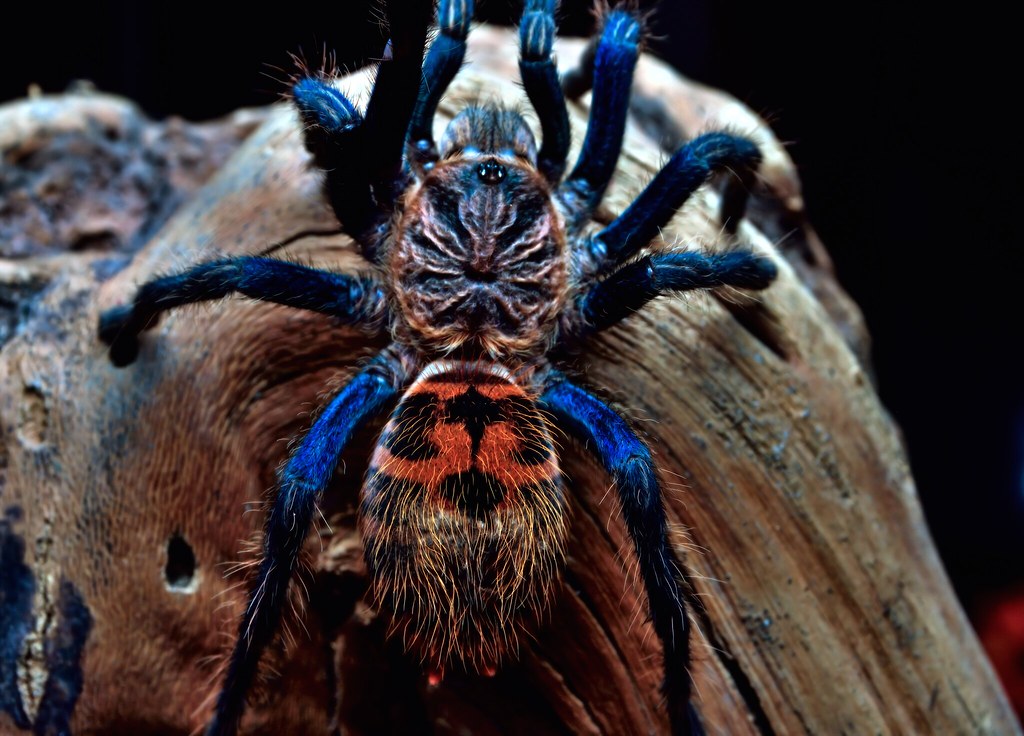Science
Related: About this forumMystery deepens for what made tarantulas blue
Mystery deepens for what made tarantulas blue
Sexual display is probably not the answer
by Susan Milius 2:00pm, November 27, 2015

[font size=1]
BLUE MYSTERY Internal structures, not pigment, puts blue in hairs on the tarantula Chromatopelma cyaneopubescens. What drives the evolution of such color in animals that probably can’t see it still puzzles researchers.
[/font]
Blue hair has evolved independently at least eight times among tarantulas, a new study finds. But the puzzle of what benefits the color might bring has gotten even more mystifying.
Lab measurements show unusually similar hues from species with very different color-causing structures inside the hairs, researchers report November 27 in Science Advances. That convergence dashes the idea that blue is just a side effect of some hair property like ability to shed water, says study coauthor Todd Blackledge of the University of Akron.
Spider specialists don’t expect that the coloring wows females, because the eyes of tarantulas probably can’t tell blue from other colors, Blackledge says. So now he wonders about protection from predators: What looks bright blue in the lab could go inconspicuously dull in the greenish light of tropical forests.
https://www.sciencenews.org/blog/science-ticker/mystery-deepens-what-made-tarantulas-blue
(Short article, no more at link.)
[center] [/center]
[/center]
More images of Chromatopelma cyaneopubescens at google images:
https://www.google.com/search?sourceid=navclient&ie=UTF-8&rlz=1T4GUEA_enUS652US657&q=Chromatopelma+cyaneopubescens&tbm=isch&gws_rd=ssl#gws_rd=ssl&imgrc=_
Warpy
(111,292 posts)into thinking they're a species of poison tree frog. That's the first thing I thought. However, blue spiders would be less visible than black ones, although grey ones would be less visible still.
DhhD
(4,695 posts)http://buyingdiamonds.org/diamond-properties/phosphorescence.html
http://bluediamondsusa.com/
http://4csblog.gia.edu/2012/understanding-diamond-fluorescence
In many instances, observers prefer the appearance of diamonds that have medium to strong fluorescence. In rare cases, some diamonds with extremely strong fluorescence may appear hazy or oily; fewer than 0.2% of the fluorescent diamonds submitted to GIA exhibit this effect
http://www.treknature.com/gallery/photo303977.htm
phantom power
(25,966 posts)It might even be entirely fitness-neutral, and not have a natural selection role.